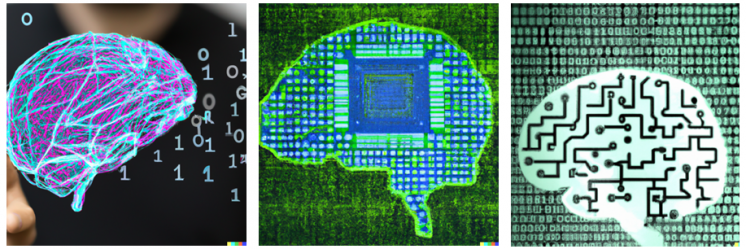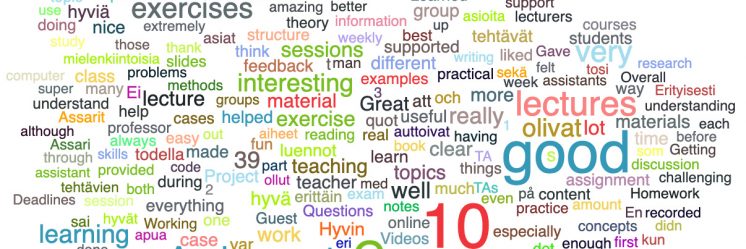Thinglink – A sufficiently easy-to-use VR teaching technology just for you?

Many technologies are predicted to revolutionize teaching and learning in many different ways. Often these technologies have also been preceded by the word “new”. However, an amazing number of “new” technologies have a long history behind them until they develop their usability to the level that the time and energy used to produce teaching material with them can be justified from the point of view of the benefit achieved in everyday work. Even after reaching maturity, the first applications at the beginning often err in repeating the same problems until the knowledge and understanding of the applicability of this “new” technology in teaching a certain field become clear.
Virtual reality (VR) has slowly but surely made its way into these “new” educational technologies. Just as the stereoscopic image (3D) appeared in 20-year cycles as a “new” technology since a little before the birth of photography in the 1830s. Have you yet watched a three-dimensional image on a 3D TV, even though your device may have had the option for some ten years? Maybe in the cinema, though?
This relationship between the ease of production, the usability of the product, and the benefits it can achieve are starting to come into play in lighter VR applications, such as virtual reality based on 360° images or video. An essential part of this experientiality is the possibility of interactivity, even a rudimentary one, which brings a sense of control and participation to the experience, thereby contributing to learning. For such light, easy-to-use, and interactive VR production, Aalto University has now acquired the Thinglink cloud service, with which you can produce not only immersive VR content but also interactive 2D content with a reasonable effort.
Read more about this from Aalto.fi news.
The use of virtual reality as a learning tool is also actively researched. In their study “Theoretical Research-Based Model of Learning in Immersive Virtual Reality” researchers Guido Makransky and Gustav B. Petersen document the number of published studies related to teaching and learning with VR technology from the Scopus database from 1982 to 2020, by which time the number of annual publications had already risen to over 1200 publications. In their own research mentioned above, they propose a cognitive, affective model for immersive learning (CAMIL), which could be used, for example, to evaluate the ability of your own VR content to support learning.
Need more information or help to start? Contact Teacher Services.

